Pharma marketing is constantly evolving by employing breakthrough technology to target physicians and doctors. Digital technology assists pharmaceutical companies in improving audience targeting, measurement, evaluation, and reporting methods for real-time advertising creativity.
In 2012, pharma marketing was limited to direct marketing with both physicians and consumers, but with the changing landscape, pharma marketing expenses for digital advertising have increased since 2020. Out of the total pharma advertising spend of $6.58 billion, 66% of the advertising budget was allotted to solely digital/technological advertising in 2020, resulting in increased Healthcare Provider (HCP) and Point of Care campaigns.

Ogilvy Health, an advertising agency within the Ogilvy group, and Doceree, the world’s first global network platform connecting healthcare professionals and pharmaceutical companies, recently teamed up to create HCP campaigns designed to reach physicians via targeted websites, medical journals, and telemedicine portals. Now, a pharmaceutical company may easily approach a cardiologist at a hospital to let them know about a newly authorized cardiac drug included in the hospital’s regimen.
Pharmaceutical companies have always worked quite well in face-to-face or traditional marketing, but they struggle to adapt to the digital space. For instance, Espyian, a Doceree-owned AI-engine platform, promotes and advertises the products and services of pharma companies to physicians on the same.

Working-process of proprietary technology ESPYIAN, a specialist for Healthcare Professional
The technology now has become so advanced that even when the physicians are in flight, the HCP-targeted ads can reach right on their TV screens. This is possible because digital platforms use KOL identification, EMR/EHR system, and various AI-marketing strategies to know cross-reference data like specialization, demographics in a simple manner.
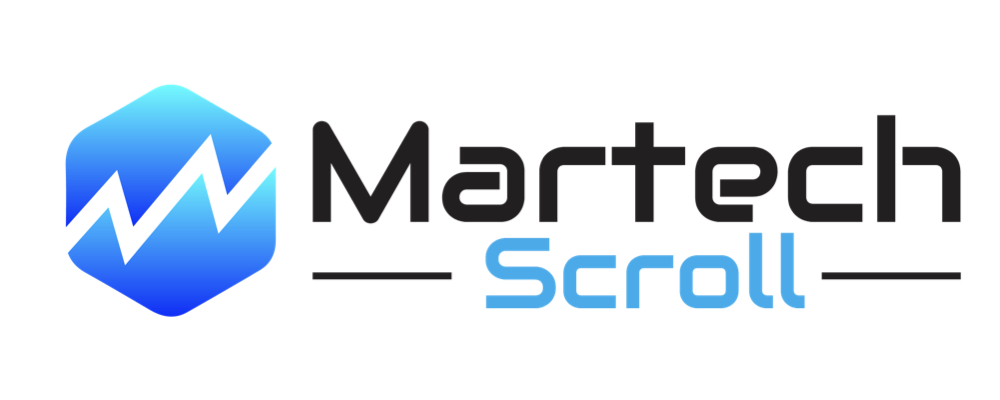

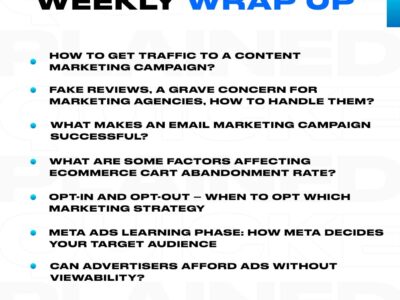
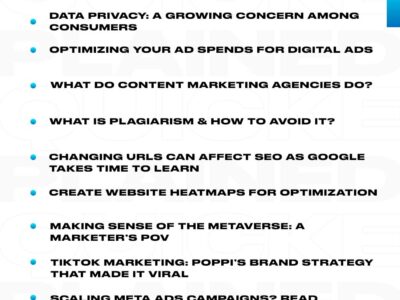
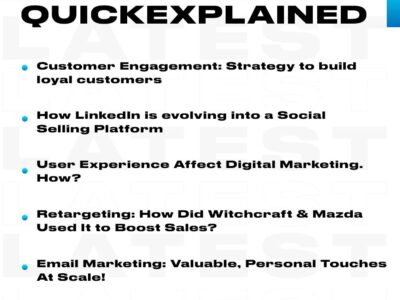
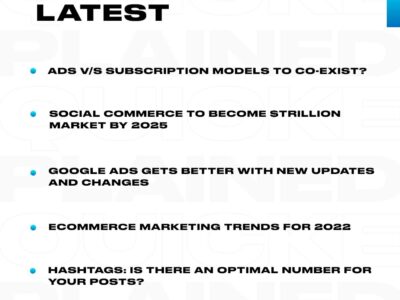

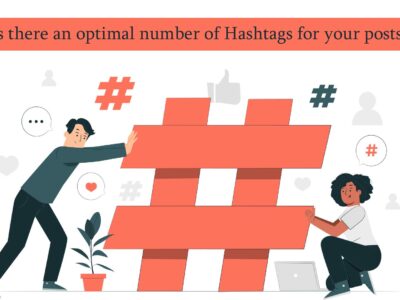
Comments